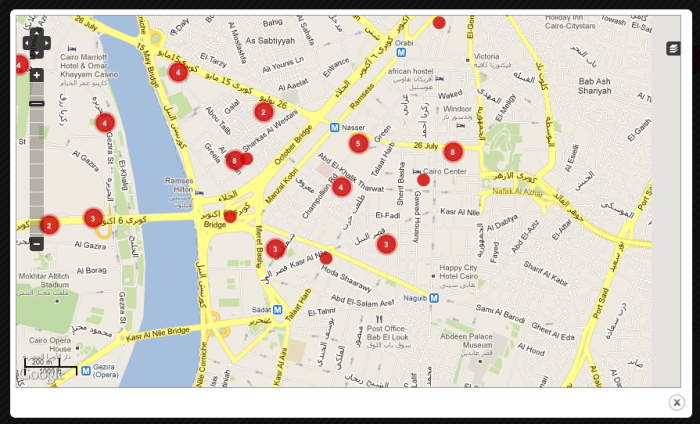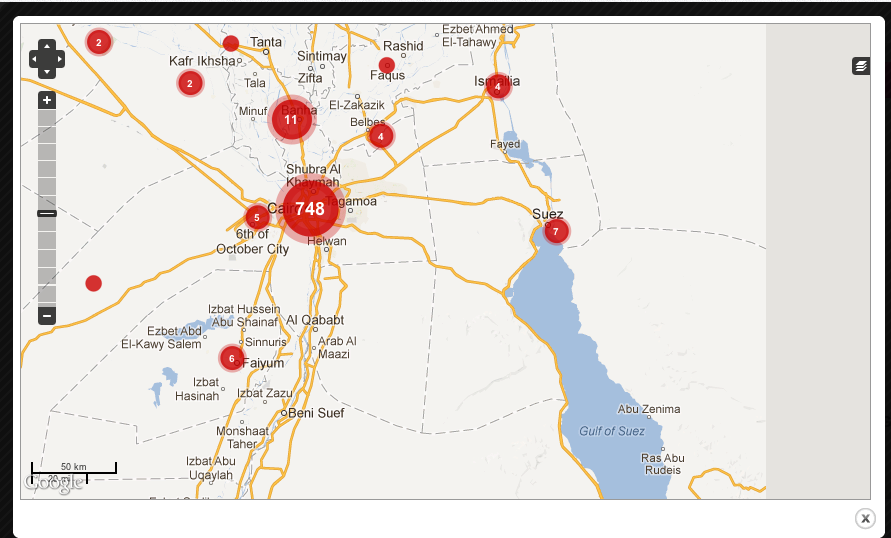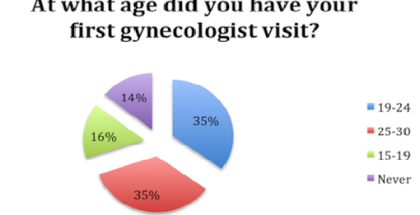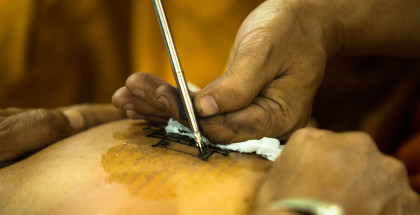HarassMap Dissects Culture of Harassment in Egypt
March 30, 2013 | Nadine El SayedStatistics gathered by the Egyptian Center for Women’s Rights show that harassment occurs in poorer areas just as much as it occurs in upscale neighborhoods like Zamalek and Maadi. It also happens regardless of how modestly or revealingly the victim is dressed.
Although no updated data is available, Chiao explains that a survey she had conducted in 2008 with the Egyptian Center for Women’s Rights revealed that 72 percent of women who reported being harassed were veiled.
Chiao adds that anecdotal evidence validate their statistics. “Many of our volunteers reported getting harassed more [often] when they started wearing the niqab [the face veil],” Chiao says. “So it doesn’t really matter what you wear.”
“The same thing for socio-economic class, some people say it is only poor people who harass because they have bad education and because they’re religious and can’t afford to get married so they are forced by sexual frustration to harass people,” says Chiao. “This is also not evident in the data, we see that it happens everywhere, it happens in Zamalek as much as it happens elsewhere.” The reports submitted to HarassMap included incidences happening in private universities or in the streets by men driving expensive cars.
Stats have shown, however, that harassments are reported more from commercial areas like Abbas El Akkad, areas where the harassers are most likely visitors of the neighborhood and don’t reside there.
Workplace harassment
Chiao explains that workplace harassment is a huge problem that is often left unreported and unsolved.
“We got some reports and volunteers telling us about their personal stories and we realized it is a problem that we do not realize the size of.”
Workplace harassment is problematic in the sense that if reported, it might cause danger to the victim.
“It is like a trap; if you complain about your manager it isn’t like you won’t see him anywhere, you see him everyday, he might fire you, he might make your life difficult, you might get a reputation in the office,” explains Chiao.
The problem is also present in universities, including major private ones, as well as doctors’ offices and schools.
“This volunteer, who was 15, was harassed by her doctor, she told her mom who told the nurse and they blamed the girl, it is dramatic,” she says. “They told her ‘He would never do that, he’s respectable, she must have done something; flirted or something.’”
Power struggle and a family pastime
Chiao, who has been working on sexual harassment issues in Egypt since 2005, believes that, from the data gathered across the years, it is clear that sexual harassment “is a power issue.”
Harassment, Chiao adds, isn’t about sex, but much like rape, it is about violence and aggression. “The harasser is a kid in over eight percent of the reports we have gotten,” says Chiao.
Chiao tells the story reported by one of HarassMap volunteers who asked a child what they’re doing for eid (the feast) and the child responded that eid is when his father hits the streets to harass women. “He says it like nothing is wrong, he knows about his father harassing women and he doesn’t associate this behavior with any negative values,” Chiao recounts.
Believing the only way to combat sexual harassment is through changing the society’s attitudes about it and encouraging pro-activity in defending harassment victims and blaming the harassers, HarassMap are re-launching their “Safe Areas” campaign. The campaign aims to encourage citizens, shop owners and corporations to react strongly to harassers, report them and defend victims, turning their offices, shops and neighborhoods into safe spots for women. Read more about the initiative and how you can help in our article “Launching ‘Safe Areas’ Initiative Against Harassment,” out next week.




























Submit a Comment